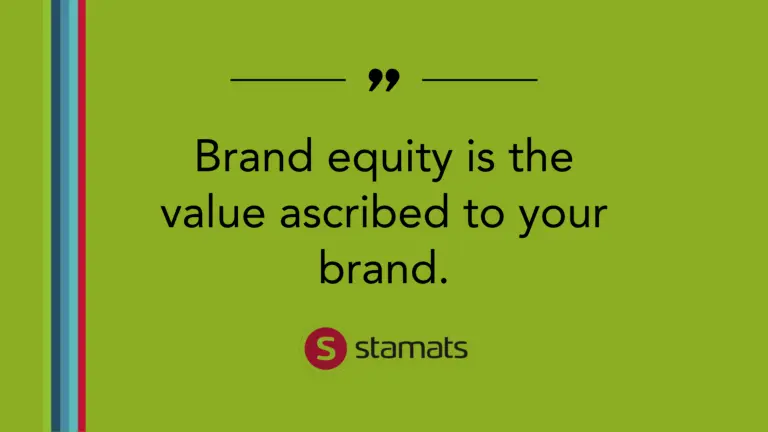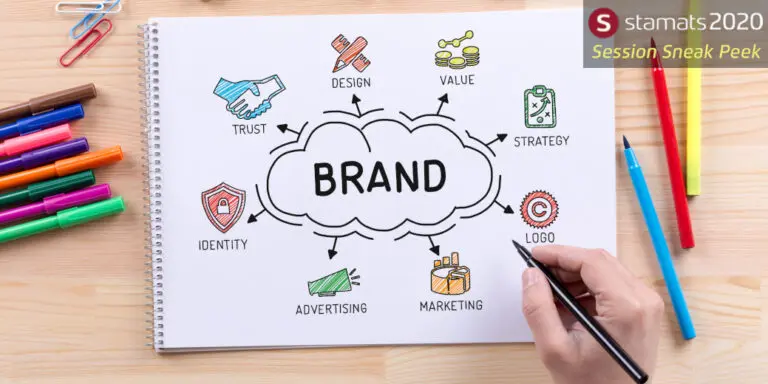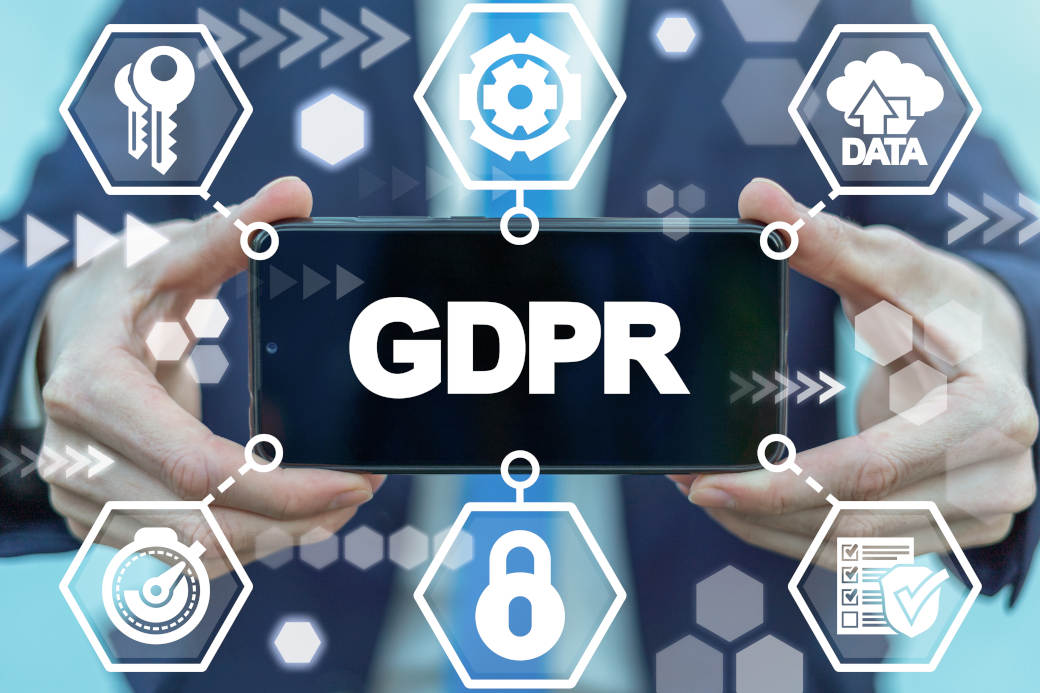Category: Brand & Design
-

Brand Salience: Beyond Brand Awareness
-

Think Print Is Dead? Think Again.
-

Options for Measuring Brand Equity
-

Corporate Retreats at Maine’s Sky Lodge Heed the Call of the Wild
-

Beyond Good Writing: 4 Brand Storytelling Tips to Use Now
-

Top 9 Must-Do Tasks in Higher Ed Branding
-

How We Are Preparing For GDPR
-

How to Develop Branding Campaigns that Don’t Stop at Conversion
-

May the Force Be With You: Why a Branding Task Force Matters